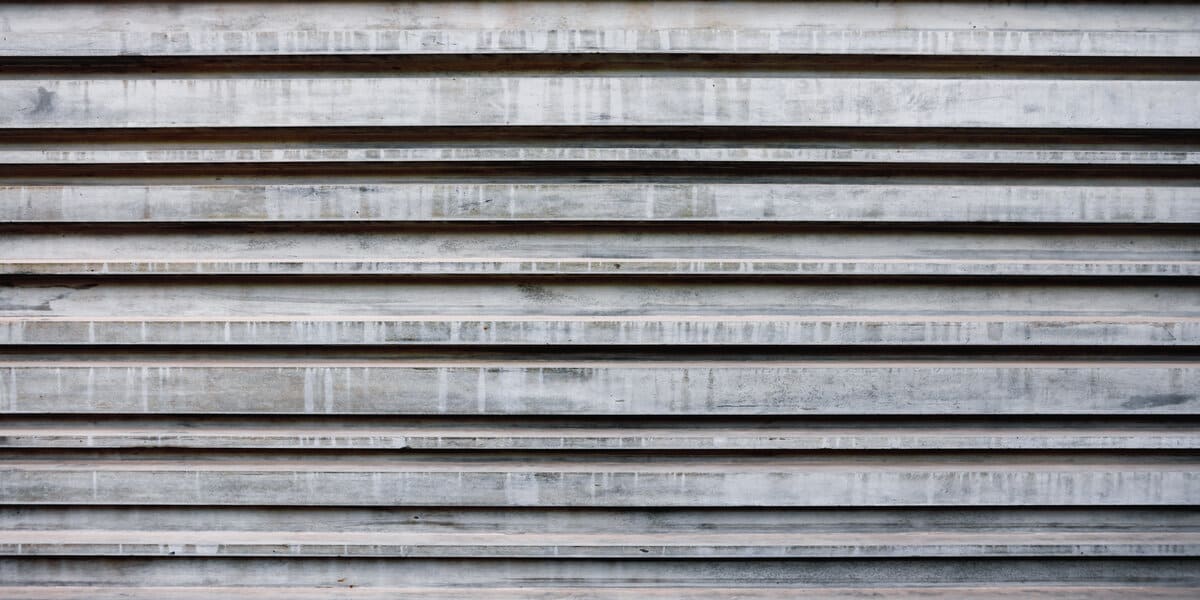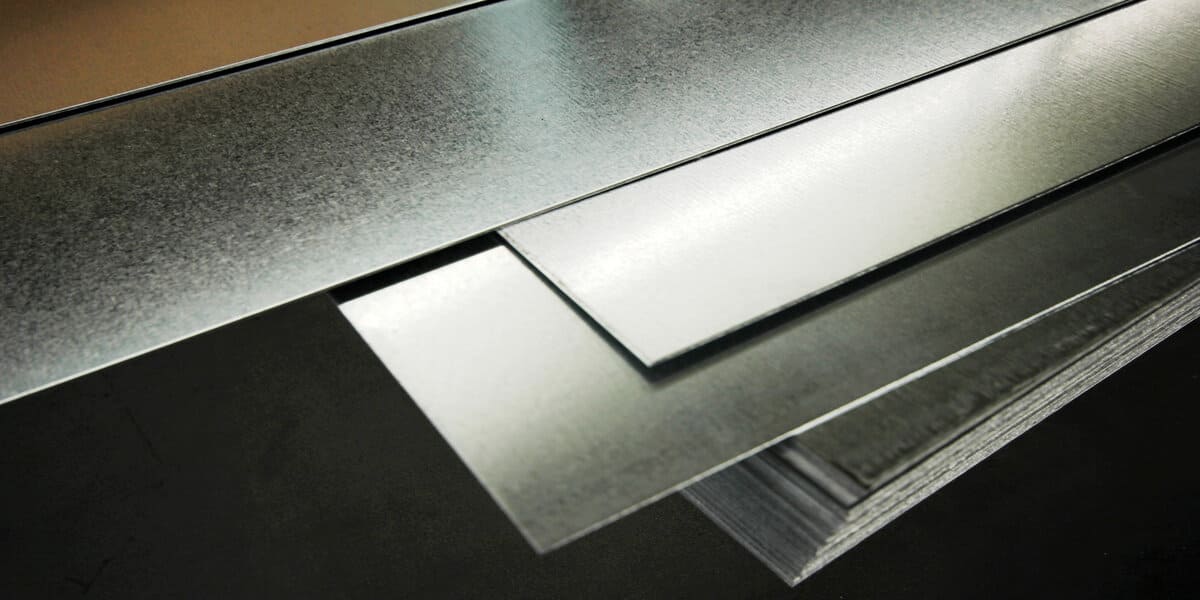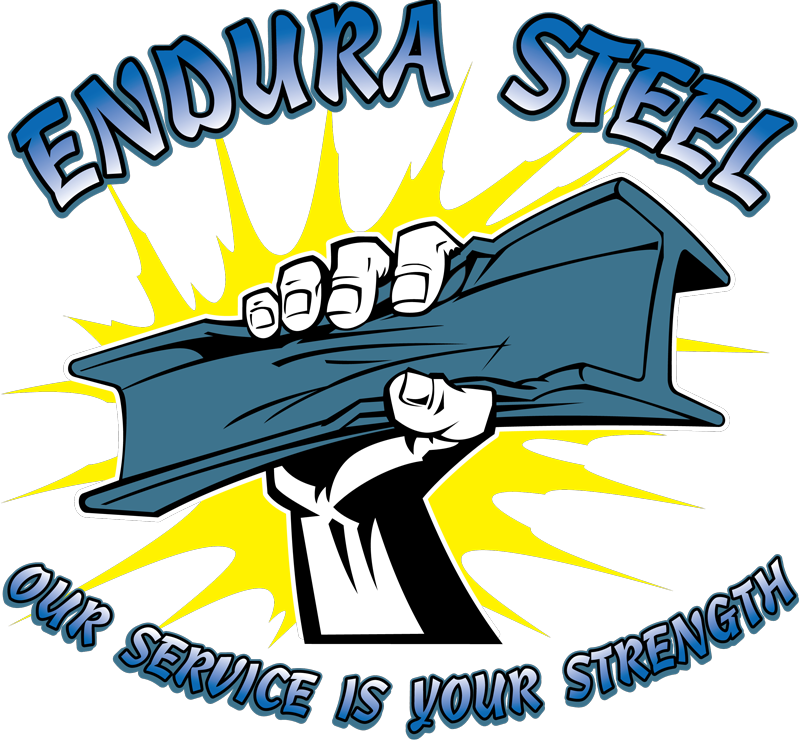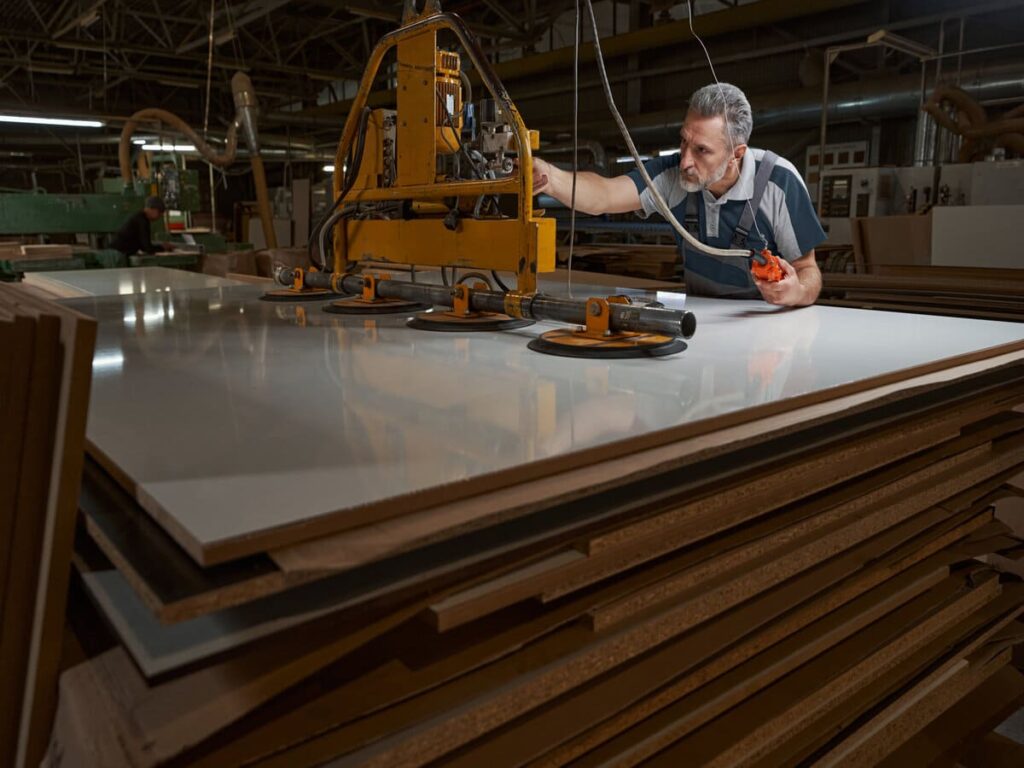Steel plates are foundational in many projects, serving as the structural core for towering skyscrapers’ frameworks and sturdy ships’ hulls. These versatile components are available in various grades, thicknesses, and sizes, presenting a diverse selection that demands careful consideration to select the optimal choice for each unique project requirement. Whether you possess the seasoned expertise of a skilled engineer or the passionate curiosity of a DIY enthusiast, delving into the intricacies of purchasing steel plates is pivotal to ensuring the success of your construction endeavors.
Understanding Steel Plate Grades
Before making a purchase decision, it’s beneficial to acquaint yourself with the various grades of steel plates available. The ASTM (American Society for Testing and Materials) system is one widely recognized system for grading steel. This system employs a combination of letters and numbers to indicate the specific properties and characteristics of the steel, providing valuable insights into its suitability for different applications. Understanding these grading systems can empower you to choose the most appropriate steel plates for your needs and requirements.

Carbon Steel – Building Block of Heavy Industry
Carbon steel, known for its versatility, is the fundamental building block for diverse steel grades. Its widespread applicability in construction, shipbuilding, and machinery stems from its remarkable durability and strength. The carbon content within these steels varies from minimal to approximately 2.1%, offering a broad spectrum of material strengths to cater to various industrial needs.
Alloy Steel – When Hardness and Toughness Matter
Alloy steel, a specialized type of steel, incorporates elements like chromium, molybdenum, and nickel to elevate its properties, including strength, hardness, and resistance to corrosion. These steels excel in handling extreme pressure and temperature conditions, playing vital roles in various industrial sectors. For instance, they are indispensable in applications such as oil and gas pipelines and aircraft manufacturing, where their exceptional durability and performance characteristics are highly valued.
Stainless Steel – The Rust-Resistant Wonder
Stainless steel is a versatile alloy of iron containing a minimum of 10.5% chromium. This composition forms a protective layer of chromium oxide on the surface, commonly referred to as the passive layer. The passive layer acts as a shield, effectively preventing corrosion and enhancing the durability of stainless steel plates. Due to this unique property, stainless steel plates are ideal for various applications, especially when exposure to moisture and corrosive elements is common, such as chemical processing plants and food facilities. This corrosion-resistant feature makes stainless steel a reliable choice for ensuring longevity and safety in diverse industrial settings.

Selecting the Right Steel Plate Size and Thickness
The size and thickness of your steel plate depend on various factors such as the magnitude of the load it will bear, the specific structure it will support, and the environmental conditions it will be exposed to. It’s crucial to consider these aspects carefully to ensure optimal performance and longevity of the steel plate in its intended application. Balancing these considerations effectively is key to making a well-informed selection that meets the requirements of your project.
Load-Bearing Capacity – The Impact of Thickness
The thickness of a steel plate plays a crucial role in determining its load-bearing capacity. Thicker plates exhibit a greater ability to withstand heavier loads without bending or breaking, making them ideal for projects requiring robust structural support. When calculating the necessary thickness for your specific project, it is important to take into account various factors. These include the anticipated weight of the materials the plate will bear, potential stressors such as wind forces and seismic activity, as well as compliance with relevant building codes and standards to ensure structural integrity and safety.
Size Matters – Finding the Right Footprint
Choosing the right size steel plate involves more than just covering the necessary surface area and providing sufficient material to distribute the load effectively. It’s crucial to measure precisely, considering factors like the material’s thickness, the method of cutting, and the welding process. Additionally, understanding the implications of potentially joining multiple smaller plates together through welding to achieve the desired size is essential for ensuring structural integrity and optimal performance.
Cutting through the Jargon
Navigating the world of steel plates comes with a fair bit of jargon. Here’s a rundown of terms you might encounter during your search:
- Shearing: The cutting or trimming of metal using a shear force sufficient to cause the material to fail.
- Oxy-Fuel Cutting: This process uses a stream of oxygen to burn steel, lowering its melting point and allowing for effective cutting.
- Plasma Cutting uses plasma, a fourth state of matter (after solid, liquid, and gas), to cut through steel. Plasma cutters use inert gases blown through a nozzle at high speed, which is then electrically conductive.
- Water Jet Cutting: A method of cutting metal or other materials using a jet of water at high pressure and velocity or a mixture of water and an abrasive substance.
- Laser Cutting: high-precision cutting that uses a focused beam of light to heat, melt, and vaporize materials in a small area.

Ensuring Quality and Compliance
Quality control plays a critical role in selecting steel plates for various applications. It is imperative to seek suppliers who meet and exceed industry standards. A key aspect to consider is the supplier’s willingness to provide comprehensive certification of their products, which showcases their commitment to quality assurance.
When evaluating steel plate options, look for certifications like mill test reports (MTRs) and material certificates. These documents serve as concrete evidence of the steel’s chemical composition and mechanical properties, ensuring it aligns with the required specifications for your project.
Moreover, compliance with internationally recognized industry standards, such as those established by ASTM, is fundamental. Adhering to these standards guarantees that the steel plates you acquire will perform optimally and meet stringent safety requirements. By prioritizing quality control measures and industry compliance, you can confidently select steel plates that meet the highest standards of quality and reliability.
The Cost Consideration
The cost of steel plates can vary widely based on factors such as the grade, size, thickness, and quantity required. It’s crucial to balance product price and quality to ensure optimal value. While opting for the cheapest option may seem appealing initially, compromising quality could result in unforeseen expenses if the plates fail to meet expectations.
Moreover, it’s advisable to account for any supplemental costs associated with services like cutting, shaping, or finishing the plates. Investing slightly more in pre-cut or pre-shaped plates can save time and reduce overall project costs in the long run.
Preparation is crucial when procuring steel plates for your projects. Begin by thoroughly understanding the different grades available in the market, ensuring that the steel you choose meets the required quality standards and compliance regulations. Additionally, consider the long-term costs associated with your choice to make a well-informed decision. Educating yourself on these aspects will consistently pave the way for successful project outcomes.

Frequently Asked Questions
What are the most common grades of steel used for plates?
Carbon, alloy, and stainless steel are the most common grades of steel used for plates.
How do I determine the size and thickness of a steel plate needed for my project?
Factors such as load-bearing capacity, structure support, and environmental conditions should be considered when determining the size and thickness of a steel plate. Consulting with a structural engineer or following applicable building codes can help guide your decision.
How do I ensure the quality of the steel plates I purchase?
Look for suppliers who adhere to rigorous standards and are willing to provide product certification, such as mill test reports (MTRs) or material certificates. Complying with industry standards, such as those set by ASTM, is also important.
What should I consider regarding the cost of steel plates?
Factors like grade, size, thickness, and quantity can affect the cost of steel plates. It’s important to balance price with quality and consider any additional costs for services like cutting or shaping the plates. Overall, investing in quality plates can save you money in the long run by ensuring the success of your project.
Can I use multiple smaller steel plates instead of one large plate for my project?
Yes, using multiple smaller plates can be a cost-effective option. However, cutting and welding these plates together could affect their load-bearing capacity and overall strength. It’s best to consult with a structural engineer for guidance on using multiple plates in your project.

